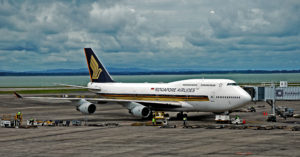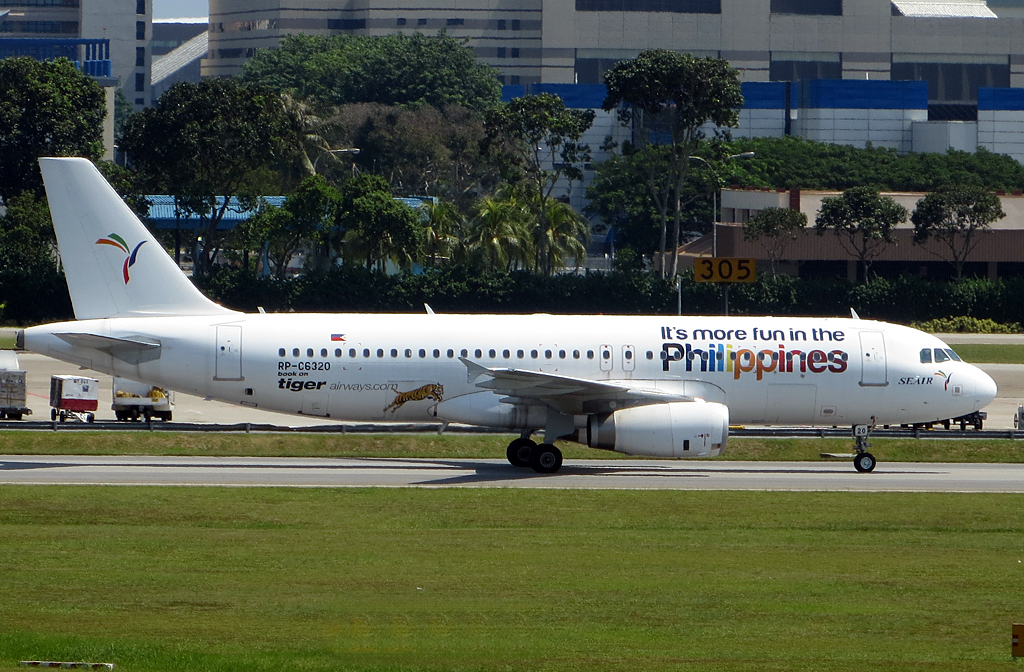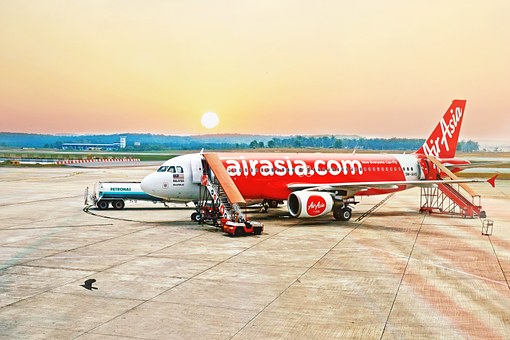The current global pandemic has greatly affected life and business around the globe. Ever since February 2020, most airports were closed to commercial flights, with some of them remaining closed to the present day. But how the global pandemic has affected aviation in Asia, and is the damage reversible?
 The Novel Corona Virus
The Novel Corona Virus
The COVID19 is a severe acute respiratory syndrome, which first appeared in Wuhan, China. The virus has quickly spread around the world due to its high infectious rate, crippling economies and industries including the sector of aviation in Asia, in unprecedented ways as measures to contain the spread require personal protective equipment, social distancing and isolation.
As governments issued quarantine status in their respective territories, businesses were forced to suspend normal activities to avoid large groups of people from forming, leaving only vital and necessary services in operation.
Airlines were also affected by this, as people were prevented from traveling and even in some countries, closing airports all together.
How the global economy has been affected, and its impact in Asia
The fear of the virus has rocked the markets and plunged stocks. Most major institutions and banks have cut their forecasts for the global economy, such as the OECD did on March of this year.
According to the OECD, China has suffered the lowest downgrade on their GDP in terms of magnitude. Before the pandemic the forecast predicted a growth of 5.7%, in comparison the current forecast has been cut down to 4.9%
Manufacturing has also been greatly affected. The Caixin/Markit Manufacturing Purchasing Managers Index has shown that China’s factory activity is at an all-time low, reading at 40.3.
This problem in manufacturing does not only affect the Chinese economy, but it also presents an issue for countries who have formed economic links with China, such as South Korea and Singapore. It was reported operations in the manufacturing sector of China have taken longer to resume operations than normally, which could potentially represent another cut on Asian economies.
One of the biggest hits on the global market was caused by a plummeting demand for oil. Since lock downs are in effect, the streets have even been filmed on social media completely empty. In China, air pollution has even decreased significantly since there are no cars in the streets. This decrease in demand has of course lowered the price of oil significantly, and is expected to impact all OECD countries as well.
Will lower oil prices help Asian aviation companies?

Most people would think that lower oil prices would be beneficial for airlines during these times. However this is not necessarily the case. Many airlines hedge the amount they pay per barrel of oil, which can certainly be helpful with regular market shifts, as it provides a stable price to pay for the product. However these are extraordinary times, and some companies may end up paying even more per barrel.
On March, Singapore Airlines had a hedged price of $76 per barrel but the actual market price was $33 per barrel. With almost double the amount per barrel, this can quickly burn up the cash reserves of a company and change the terrain of aviation in asia. Furthermore, even companies who were paying at least close to the market price per barrel are not entirely benefited, as very few flights, if any at all, were made on a daily basis.
How the global pandemic has affected the aviation industry
Ever since February to the present day, several aviation companies such as TACA and Virgin Atlantic have been forced to file for chapter 11 or equivalent processes due to the lack of operations. IATA estimate airlines globally would experience over $300 billion in losses due to the outbreak.
While some companies have received aid from governments to help and keep their operations afloat, others have had to look for alternative avenues to keep operating in the future or forced to close all together.
Impact of COVID on aviation in Asia
Since the beginning of the year, Asian aviation industries took a big hit due to the pandemic outbreak. Once lock-downs were in effect, future flights were cancelled, upcoming flights were suspended, tickets were reimbursed and the prices of oil plummeted.
The losses experienced by individual companies are in the millions, and the worst part is the uncertainty of when the virus will be under control. In the meantime, demand remains in decline and flight reservations are being cancelled more than they are being reserved.
Several airlines had been hoping and planning to re-open at the start of June, however the number of infections began to increase again once total lock-down was lifted, which led to further lock-downs, cancellations and postponed flights; other airlines where affected further.
 Air Asia
Air Asia
It was reported in July Air Asia shares fell by 17%. Before the global crisis begun, the company was already experiencing financial hardships, currently being in debt, announcing it was already exceeding its current assets by $430 million.
In addition to corruption claims, the company has brought its expenses down to 50% to try and keep itself afloat. They’ve stated this is the most challenging time the company has experienced since they began operations on 2014.
 Singapore Airlines
Singapore Airlines
Despite the issues Singapore Airlines experienced since the start of the epidemic on a global scale; Singapore Airlines received $541.87 million to shore up liquidity amid the plummeting demand on flights due to the COVID19.
The company reported its first annual loss for the year that ended on March 31st; and warned about reporting a material operating loss in the first quarter of the fiscal 2021.
Where is the future for Asian aviation companies?
On March 23, IATA increased its global estimate on passenger airline revenue loss from the latest strain of coronavirus to $252 billion for 2020. That was up from an estimated $113 billion on March 5 and $29 billion two weeks before that. The new number would put revenue in 2020 44 percent lower than 2019. IATA also estimates that RPKs worldwide could be expected to be down as much as 38 percent this year versus 2019.

Airlines not just in Asia but around the world will need as much as $200 billion in government assistance to survive, IATA now predicts that most companies will find themselves with only enough capital to sustain operations for 2 months; it’s no surprise most of them are relying in short or long term credits to continue operating. Given how unpredictable the spread of COVID has been, slowing down only to raise again, and how it has affected most economical giants; recovering the industry to the same numbers of 2019 could take anywhere from a few months to 2 years.
China on the other hand was able to re-open domestic flights on March and is pushing to normalize its economy and manufacturing. Being one of the biggest economies, and an important economical ally for most Asian countries, the stabilization of China’s economy is crucial not just for the aviation industry, but the recovery of all industries in Asia.
However, even if the aviation industry recover, the current crisis has revealed vulnerabilities on this business model we wouldn’t have seen otherwise. It is possible that the industry will change for the better once the crisis is over. Despite the virus being an extraordinary situation, it is important to be prepared for all kinds of scenarios to avoid a crisis like the one companies are going through today.
While it is possible some Asian aviation industries might not be able to overcome the struggles the global pandemic has caused, once the economy recovers it is possible we’ll see new innovations and implementation of safeguards for unlikely scenarios such as the one we are going through today.
Contact us today and find out how to put OSPs expertise to work for you

 The Novel Corona Virus
The Novel Corona Virus